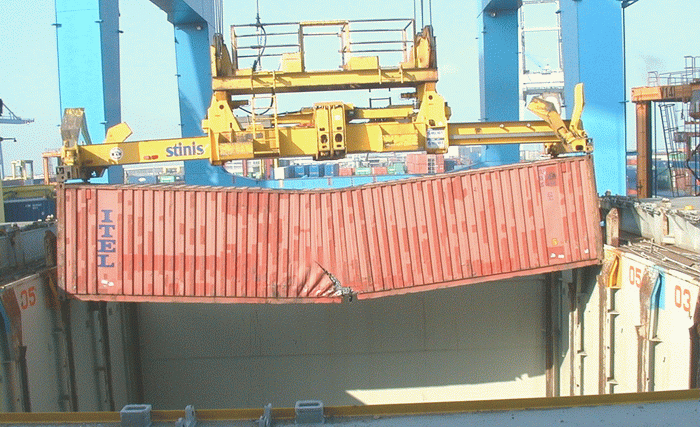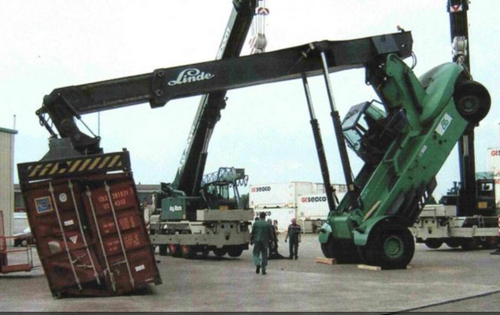
Effective from July 1, 2016, shipping containers filled with cargo can be rejected for shipment at ports if they do not have a VGM (Verified Gross Mass). This is because of a new international regulation from the IMO (International Maritime Organization).
Shipping lines may not take on board containers that do not have a certified VGM.
.
The SOLAS (Safety of Life at Sea) requirement, although just weeks away from being implemented, is a hot item for the freight forwarding industry, as well as for cargo owners, as companies prepare for this change without clarity on the new process.
.
Company management for businesses that import/export internationally need to be aware that the SOLAS mandate is international law under the IMO, which includes the 162 countries that have signed up to the SOLAS Convention.
.
The SOLAS mandate requires that shippers provide the weight of each container to carriers using one of two methods:
1: weight the container after it is loaded and sealed
2: weight each individual package and cargo item (including packaging and dunnage/ securing materials) and add the weight of the container.
.
All weighting needs to be done on scales calibrated and certified to the national standards of the country where the weighing will be performed.
.
Regarding the accuracy of weighing equipment, it is currently the responsibility of the implementing state or country to define the appropriate standards, and this is applicable to both methods of weighting.
.
For some types of cargo that would present difficulties in being measured individually such as scrap metal, unbagged grain and other bulk cargo, Method No.2 would not be suitable.
.
Many details of the new regulation have not yet been finalized or confirmed, such as enforcement, and what happens to a container that arrives at a port without the necessary documentation or if the VGM (verified gross mass) declaration for a container turns out to be false or incorrect. However, the carrier and terminal operator are not responsible for ensuring the accuracy of the VGM provided by the shipper. All actors in the logistics chain are entitled to rely on the VGM declared by the original shipper as being accurate. If no VGM has been established, a container cannot be loaded on a vessel.

SOLAS places the responsibility on shippers, as defined in Marine Notice number 18, to provide the VGM of a container to the carrier or their terminal representative, regardless of who packs the container.
The main issue is now that providing VGM needs to be in line with the SOLAS guidelines, which means that the provided weights on the manifests need to be correct.
Most port authorities have already shared their concerns regarding the implementation. Most terminals have no equipment in place to weight containers. Each terminal seems to develop their own policies to be compliant with the new rules. Many ports claim they will comply with the SOLAS weight rule, but they won’t accept containers without the VGM declaration in order to do so.
.
There are no current industry standards or regulations on the declared weight for containers traveling by ocean. For port operations, the effect will be huge. For each container shipped, the weight needs to be confirmed in advance. In some ports this is an electronic transaction, but in many places this is still a paper transaction. Some reports claim that the additional cost per container adds up to USD 150,-/ 200,-.
.
In order not to delay the flow of cargo, it is essential that information be provided to the relevant parties in time. This will avoid potential delays and congestion in the port as the VGM should be used in preparation of a vessels loading plan. Ultimately, the master of the vessel should not accept cargo on board unless he is satisfied that it can be safely transported.
.
Until the rules & regulations are clear and the procedures are confirmed, what is the best practice?
.
•Provide the correct weight of the shipment & container by using method 1 or 2.
•Make sure you provide the weight before arrival in the terminal.
•Have internal SOP (standard operations procedures) in place to be compliant to SOLAS.
•Importers need to be in close touch with shippers regarding the accuracy of VGM for each shipment.
•The shipper is legally responsible to provide the correct weight and VGM report.
•Implementation is likely to vary between different countries, carriers and terminals.

